Wooly Mammoth blood hemoglobin has been resurrected by an international team of scientists, marking the first time that a protein has been brought to life from an extinct species. The researchers found that the protein, as might be expected, works well under cold, subarctic temperatures. The findings were recently published in the top biology journal Nature Genetics.
“This is true paleobiology, as we can study and measure how these animals functioned as if they were alive today,” said Dr. Alan Cooper, Director of the Australian Centre for Ancient DNA at the University of Adelaide, in a press release.
“It has been remarkable to bring a complex protein from an extinct species, such as the mammoth, back to life.”
To re-create the protein, scientists used ancient DNA preserved in bones of Siberian wooly mammoths, estimated to be 25,000 to 43,000 years old. The DNA came from the bones that were encased in ice, preserving them for use.
What is particularly revolutionary about the study, says Dr. Kevin Campbell from the University of Manitoba, Canada, who led the team, is that it paves the way for studying features of extinct species that aren’t captured as fossils.
“The resulting hemoglobin molecules are no different than ‘going back in time’ and taking a blood sample from a real mammoth,” said Campbell.
The team converted the bone DNA into RNA, which was injected into E. Coli bacteria, growing the protein from scratch, in part using a technique which was already proven for living elephant proteins.
Based on archeological studies, the wooly mammoth became extinct roughly ten thousand years ago, and may have existed as far back as 300,000 years ago, or even further back. A wealth of information about the animal has been recovered due impressive fossil findings, alongside actual frozen mammoths.
This study is reminiscent of the story line for Jurassic Park, where dinosaurs were recreated from DNA found in fossilized dinosaur blood samples.
The Nature Genetics paper describing the study can be found HERE .
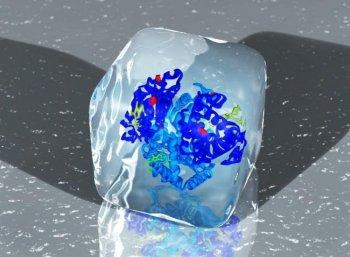

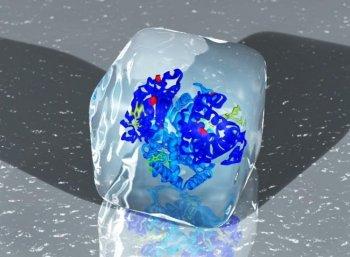
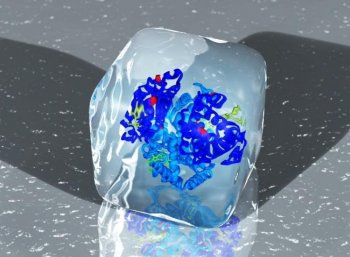
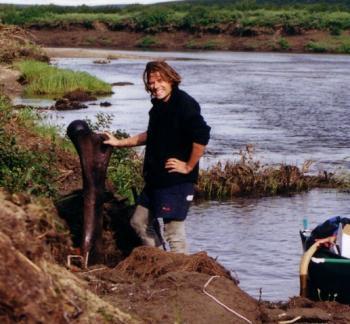
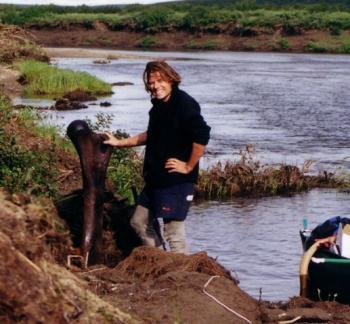




Friends Read Free